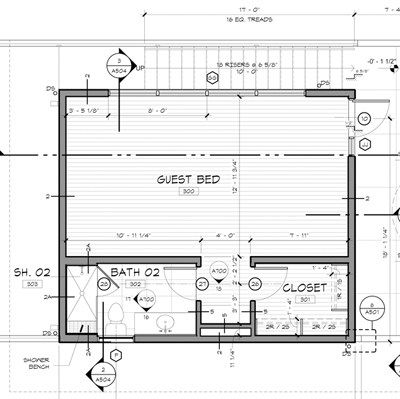
Drawing is as important to an architect as the right ingredients for a chef. It is an integral part of any architectural blueprint. And flimsy drawing standards inevitably showcases the callous attitude of the firm, opines Khushboo Agarwal, Asst. Prof. in Jhulelal Institute of Architecture, Nagpur. Bad standards of drawing is a strict no-no for Khushboo.
I’m very fussy when it comes to drawing standards! These standards go a long way in communicating the ethos of the architect, the firm, their working philosophy, their eye for details, and struggle for perfectionism. It communicates the culture of the firm. Whosesoever’s work I look, inevitably I start fixing their drawings;be it my apprentices or contemporaries. Can’t refrain myself from doing that.
Needless to say, my penchant for correcting other people’s drawings was bound to have some serious repercussion. In two days’ time, I had to move five jobs, solely because of the poor architectural drawing standards the firms followed. It plainly conveyed that they don’t take their profession earnestly enough and that was unacceptable to me.

However, I wasn’t ready to let go off of the standards I hold so dear. Bad drawing standards conveyed to me a lot about the leaders and people who are being led by a firm. I simply backed-off without killing their or my time.
In my former organization, as soon as I was designated a project, I would spend a week fixing the drawing standards, consolidating folders, setting guidelines for each dimension line, fonts, arrows, xrefs, blocks, dotted lines, lineweights, screening, etc. There were 120 sites, and I could anticipate a disaster coming! And, later, the results showed the hardwork was all worth it.
So, is it really that significant?
I am certain you must have encountered similar designers tagging them as Cad-jockey! But, the quality of your drawing echoes the quality of your beliefs!
Many people debate that why you don’t look at the design first then the drawing standards. My students do too. I do look at the designs, but I often wonder where the discipline is? How will I apprehend your design if the lines are not strong; if it’s a plot line or the rooflineor the dimension line.

Your design will speak for themselves if you create them prudently and if we practice basic but important things like- taking extra care of the dimension lines; the text font, height, intensity of ticks, line weight, and screening percentage.
When I was tutoring apprentices, I schooled them how to create a design that encompasses all aforementioned points. They will absorb all these, remembering all their lives how to make an unadulterated dimension line and will also correct their fellows later!
Now, moving to fonts. I use Swiss Cn Bt, replica of Helvetica, available in all the PCs, takes less space, clean, neat.
To produce a perfect drawing is an extensive trial and error process; something I had learned from a senior while interning. As I stated earlier about cultivating culture, this firm had a ‘design culture’ which was imbibed in its employees, and it taught me not only about going into drawing details but also about going into designdetails.
If you develop that eye for drawings, then inevitably you can resolve your design details. There are criterions that one can follow and if you are meticulous enough, you can device your own way of fabricating drawings. It’s just about striving for perfection!
By-
Khushboo Agarwal

Hi Yukti,
Glad to know that you agreed.
I would be writing few posts telling about the details which needs to be taken care of.
Keep Track!
Thanks